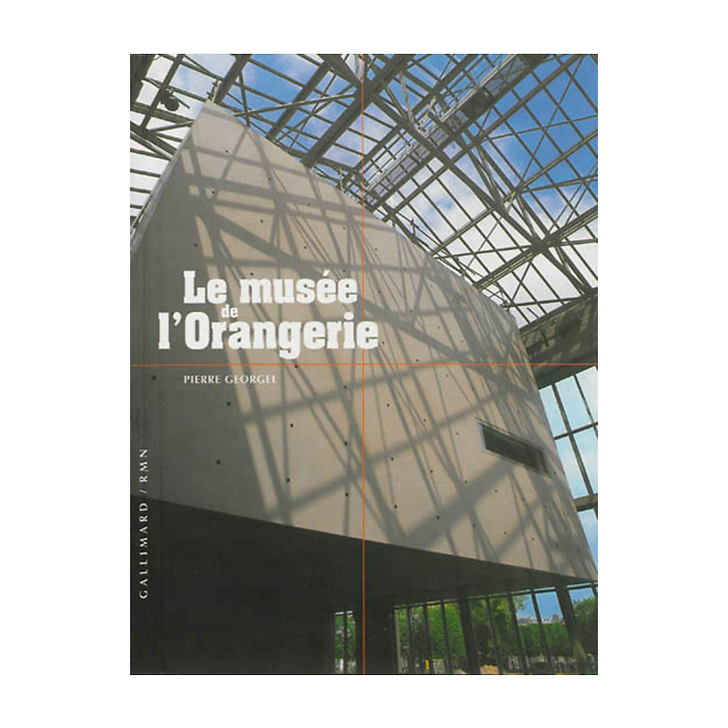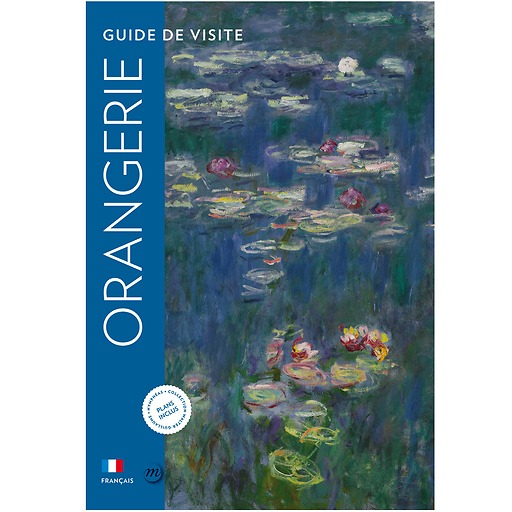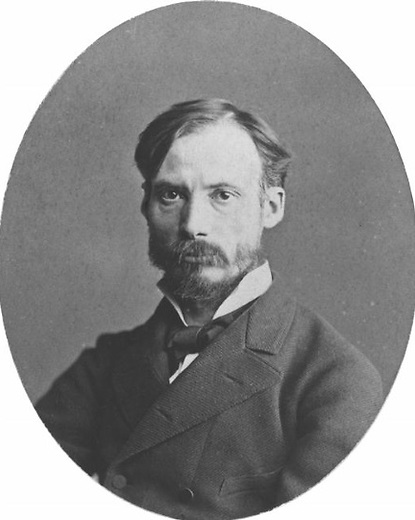Characteristics
- Museums
- Musée d'Orsay, Musée de l’Orangerie
- Art movements
- 19th century, Impressionism, French paintings, Neo-Impressionism, Nabis
- Artists
- Pierre-Auguste Renoir (1841-1919), Claude Monet (1840-1926), Chaïm Soutine (1893-1943), Paul Cézanne (1839-1906), Henri Julien Félix Rousseau, dit le douanier Rousseau (1844-1910), André Derain (1880-1954)
- Reference
- GK195080
- EAN
- 9782070336975
- Diffusor
- EDITIONS FLAMMARION
- Distributor
- EDITIONS FLAMMARION
- Conservation museum
- Paris - Musée de l’Orangerie




